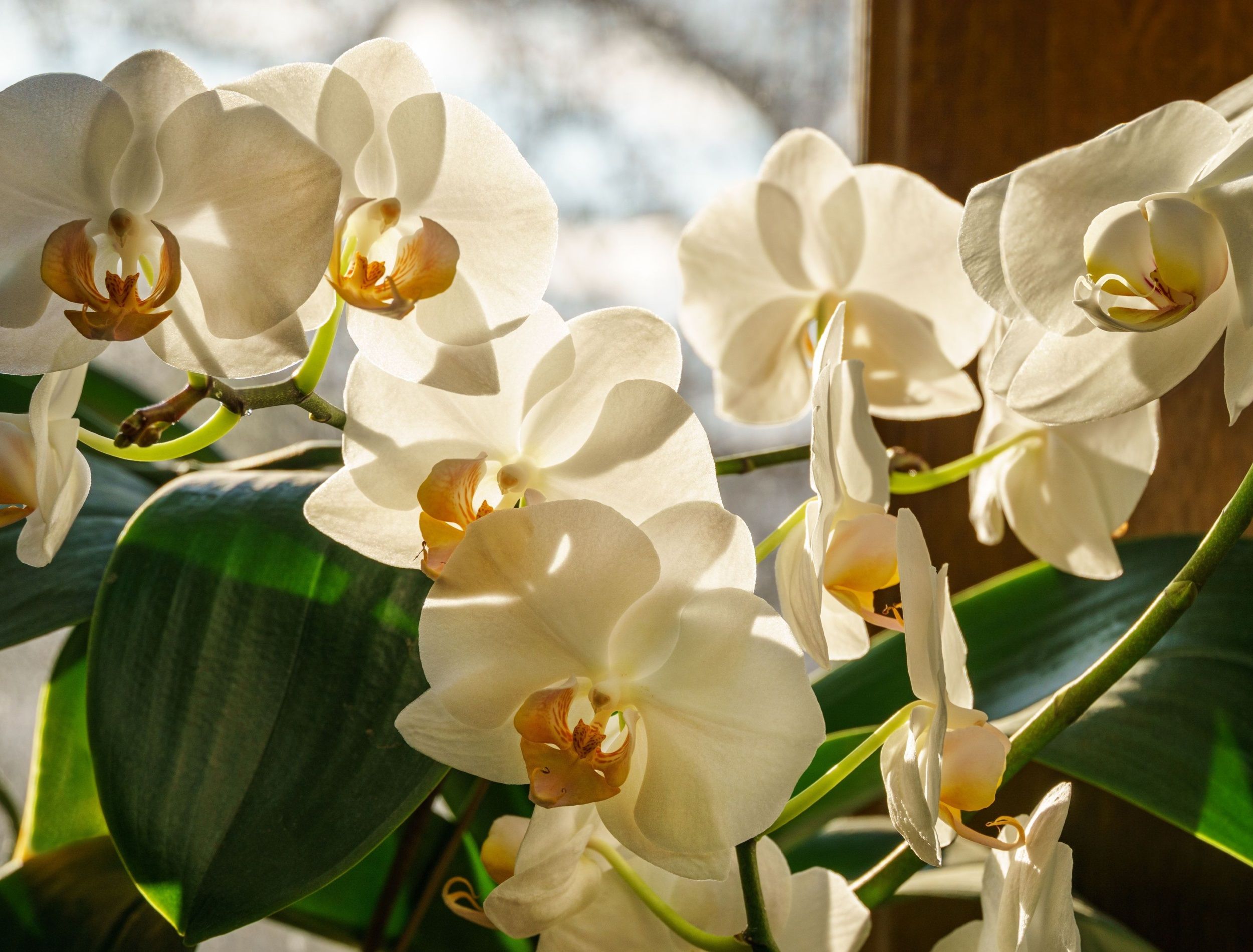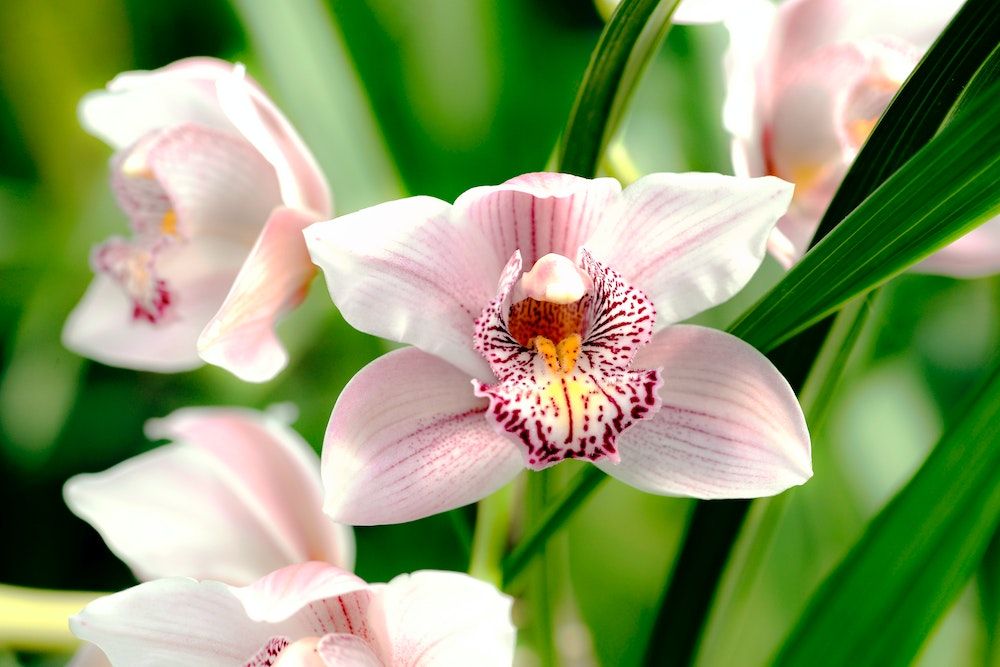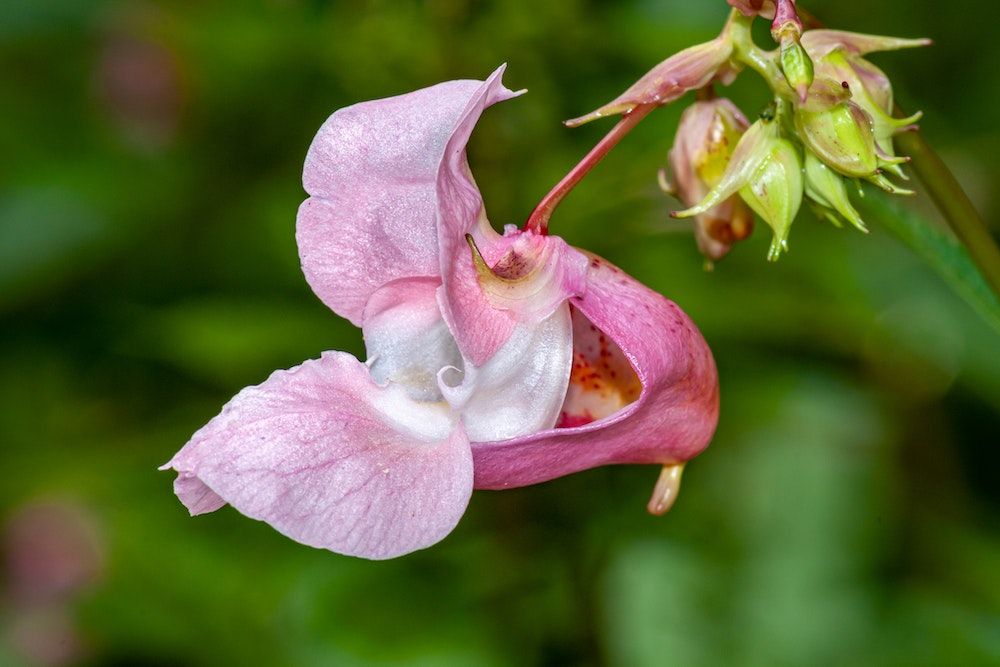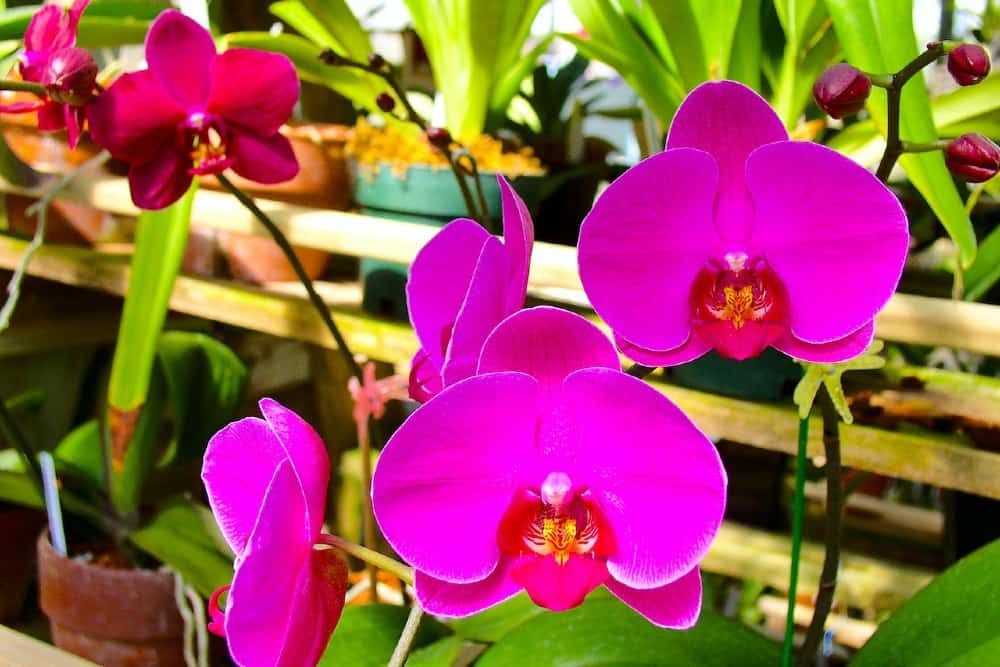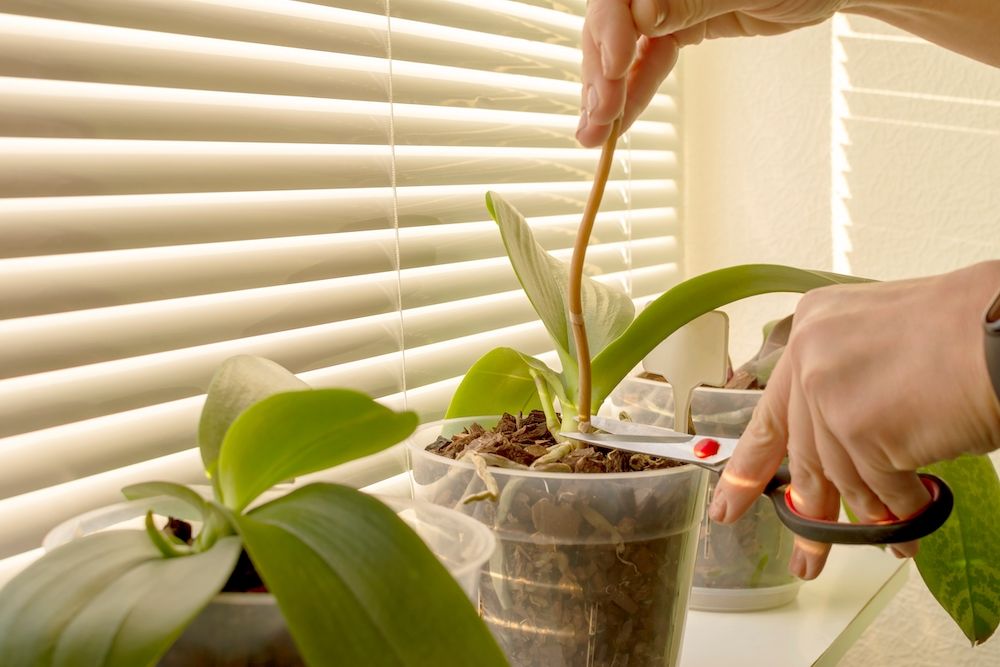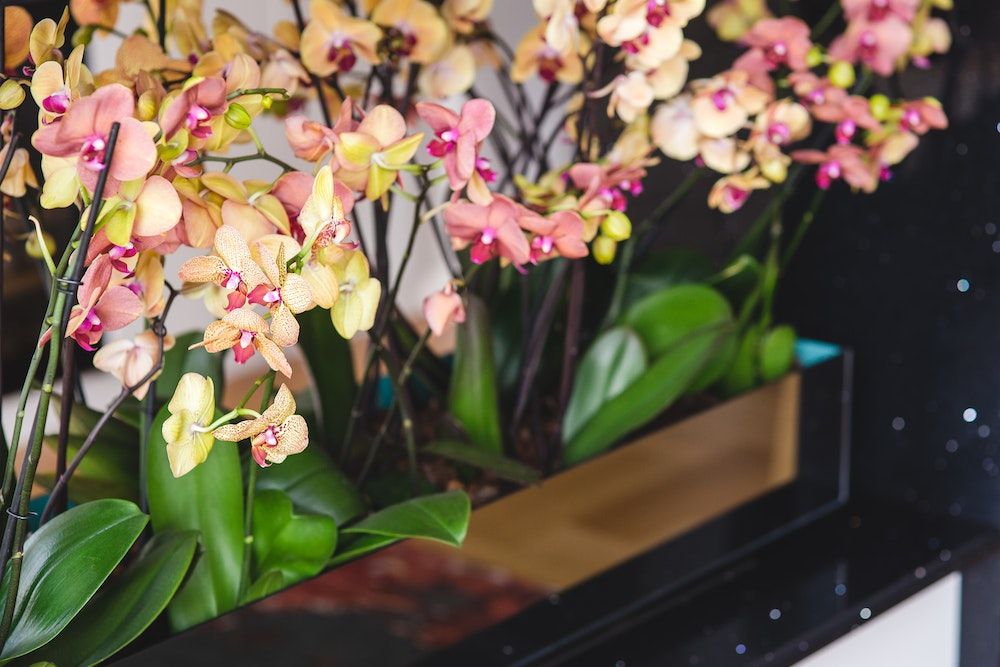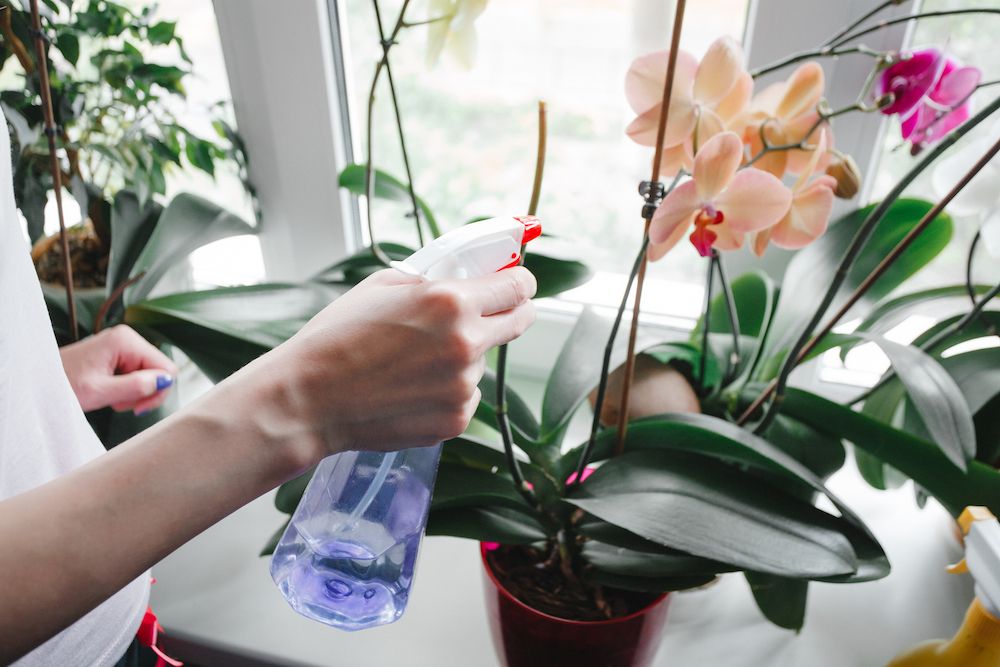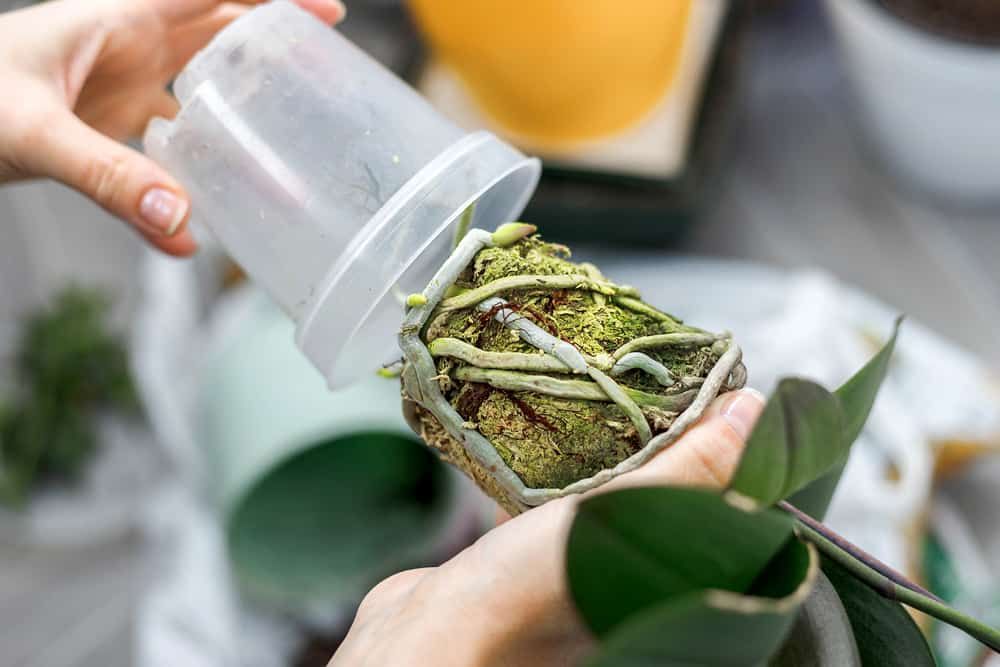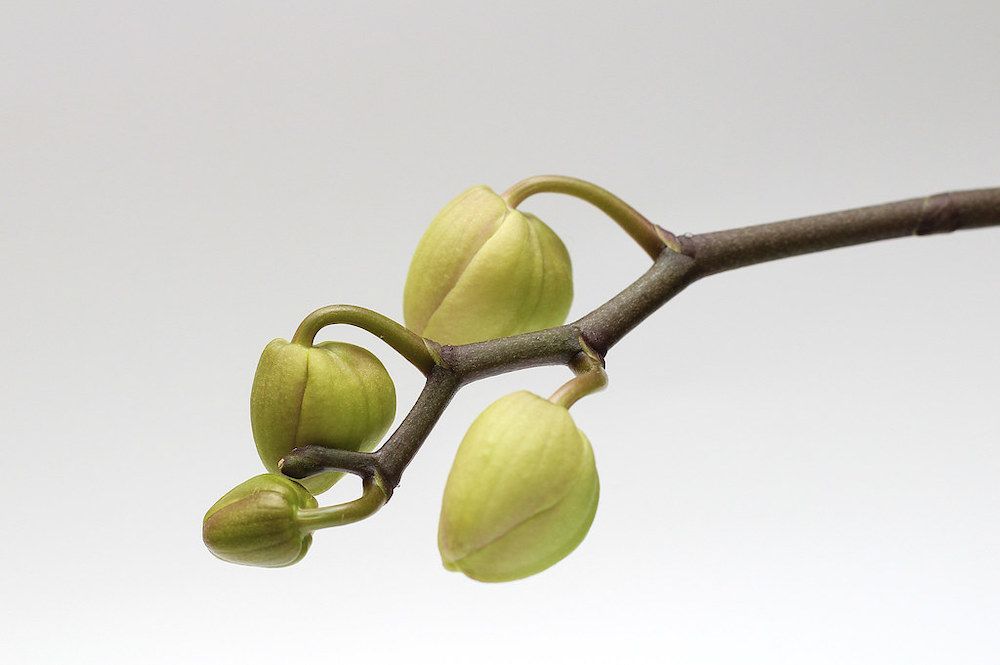Orchids are perhaps some of the most gentle and fragile flowers you can grow indoors and outdoors. However, orchids have a reputation for being delicate and high maintenance, so a lot can go wrong.
Since most orchids bloom once a year, by the time you get it home and set up, its blooming cycle has ended. Does it mean you have no choice but to wait for your plant to bloom again next year, or can you get it to rebloom?
In short, yes, you can get it to rebloom! But other factors play a significant role in your plant's health and there are a few tricks to see their striking blooms twice. Below, you will find all you need to know about orchids and getting them to rebloom.
Caring for an Orchid
Image credits: Elena Umyskova via Pexels
Orchids have long been the symbol of elegance and fragility. Seeing their long slim stems and gentle petals, you might think that caring for them is impossible; however, that's not the case.
Most of all, orchids need plenty of water but be careful not to drown them. Overwatering is one of the number one killers of orchids. It is essential to water them regularly, but let the soil dry out between watering. Moreover, use a spray bottle to spray water on the leaves. But how often should you water your orchids? As a general rule of thumb:
- Water once or twice a week during spring and summer.
- Water once every week or once every other week during fall and winter.
- If you experience hot temperatures, water frequently after checking the soil's moisture levels.
- If you experience cold temperatures, check the soil's moisture levels before watering.
Pro-Tip: If your orchid's leaves turn yellow, you're underwatering or overwatering your plant. To avoid damaging your plant, check the soil for moisture by sticking your finger. If, after pulling out, your finger's wet, your plant doesn't need water, but if it's dry, it's parched.
Soil Requirements
Image credits: O_Lypa via Shutterstock
Pick an appropriate potting mix for container orchids to boost your plant's health. Of course, you can always mix your own potting soil if purchasing pre-made mixes isn't an option. However, ensure that the soil you mix will fit the plant’s needs. Generally, orchids need a balanced fertilizer (20-20-20).
Remember, orchids enjoy sunlight, but not too much. They need medium orcindirect sunlight throughout the day and a few hours of complete darkness at night.
How to Get an Orchid to Rebloom
You learned above that there are many reasons why your orchids aren't reblooming, but there are a few steps you can take to ensure that your orchid reblooms and returns to its former glory.
1. Find the Perfect Orchid Type for You
Image credits: Petr Ganaj via Pexels
There are many different types of orchids. Some are more difficult to get to rebloom than others, especially if they are growing indoors. For example, with proper care, you can expect Phalaenopsis to rebloom.
2. Ensure the Temperature is Right
Image credits: John Nail via Pexels
Orchids can be pretty picky when it comes to temperature. Having the right environment is vital for orchid growth. In fact, orchids need a night and day differential of about 10 to 15 degrees colder come nightfall.
The optimal daytime temperature is 70 to 80 degrees Fahrenheit, whereas the optimal nighttime temperature is 50 to 60 degrees Fahrenheit.
3. Remove Flower Spikes
Image credits: ForGaby via Shutterstock
Lastly, remove the dry flower spikes on the Phalaenopsis orchids by cutting them at the base with a sharp razor blade or just above two previously bloomed nodes. Removing dry spikes is essential because they take up nutrients but don't have the potential to rebloom.
Most importantly, ensure that the dry flower spike is brown. If you cut off a green flower spike, you will cut off a future bloom.
4. Expose Them to Adequate Light
Image credits: Kaboompics .com via Pexels
Perhaps the most well-known enemy of orchids is insufficient light. But, how do you know if your plant is getting enough light? Easy! Look at the leaves. Seeing dark, lush green on most plant leaves is a great sign, however, orchids are slightly different.
The perfect, healthy color for their leaves is light green with some yellowish tones. Unfortunately, there is such a thing as too much sunlight. If your plant is receiving too much sunlight, you will see scorched spots on the leaves.
5. Maintain Their Watering Schedule
Image credits: titov dmitriy via Shutterstock
After fixing the lighting issue, revisit your watering schedule. You're overwatering your plant if you see wrinkled leaves and browning roots. While having the proper potting soil for your orchid is quite important for water drainage, avoid watering your orchid more than once a week or before the soil has dried up.
6. Check Your Plant's Root Health
Image credits: Marvelous World via Shutterstock
Orchids could refuse to rebloom if their roots aren’t getting enough space and oxygen. Inspect your plant's roots; if they're dry and brown, they're constricted and can't breathe. If this is the case, repot the plant as gently as possible because orchids are susceptible to transplant shock.
7. Care for Your Orchids During Their Dormancy State
Image credits: Peter_Pike via Creative Commons
After blooming, most orchids go through a dormancy state. However, during this period, they still need plenty of care to rebloom. Water your orchid once a week and mist its leaves once a day. But be careful not to overwater!
Expose your plant to plenty of indirect sunlight during the day and a few hours of complete darkness during the night. You can even move your orchid into a cooler spot to aid in the growth of new flower spikes.
Finally, you should fertilize the plant once a week during spring and summer and twice a month during fall and winter. Use a balanced fertilizer for indoor plants, but ensure you use half the label-recommended strength.
The Effort Was All Worth It!
Orchids are all-time favorite flowers for most occasions. They are gorgeous but also very gentle and need lots of care if they are to show their petals more than once. With the steps above, you'll be able to get your orchid to bloom again.
Hopefully, you enjoyed this article, and it gave you the needed direction in taking care of your orchids. Leave your experiences, thoughts, and questions in the comment section and share the article if you liked it.
Happy gardening!

